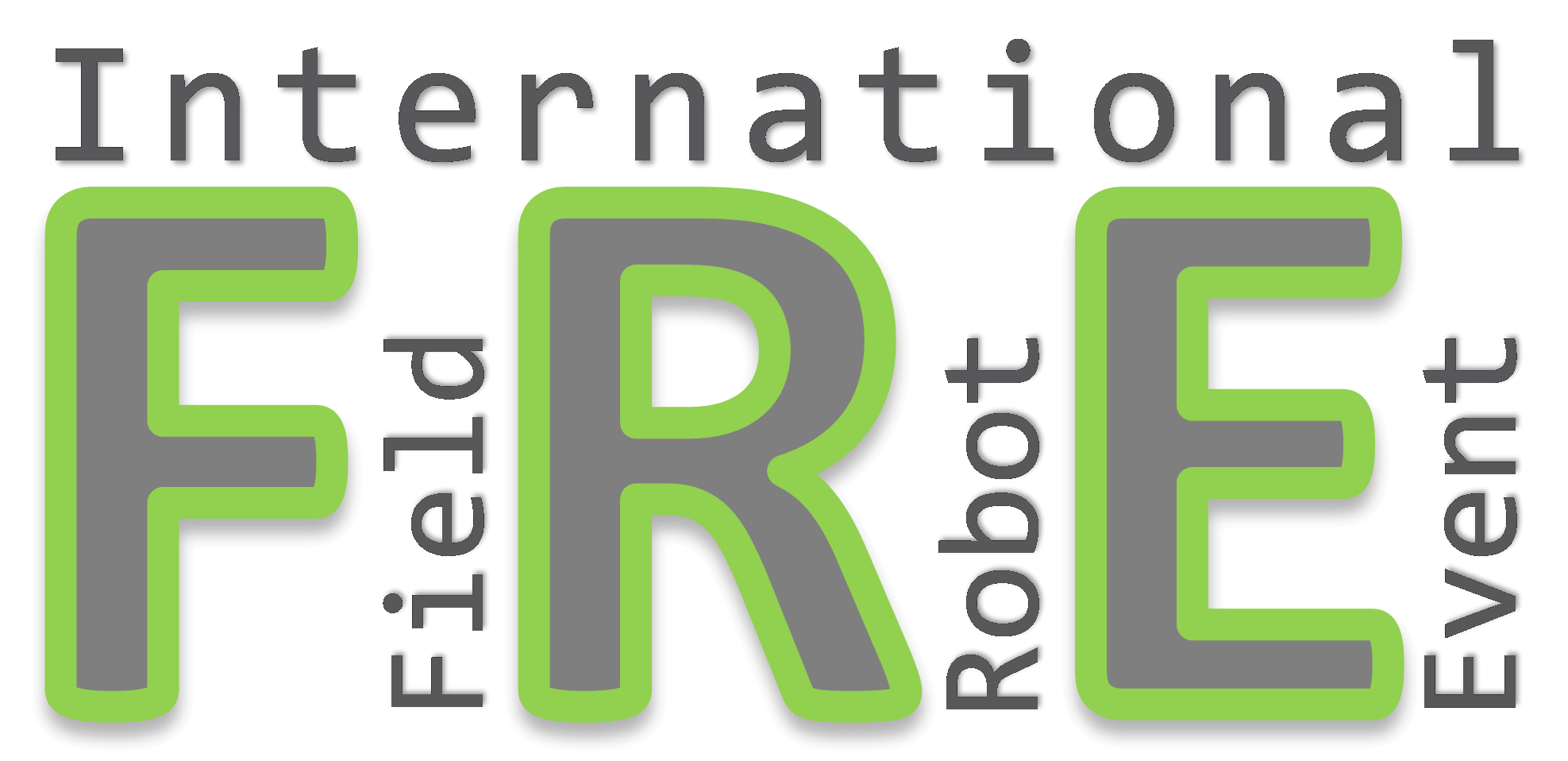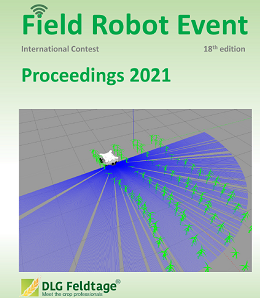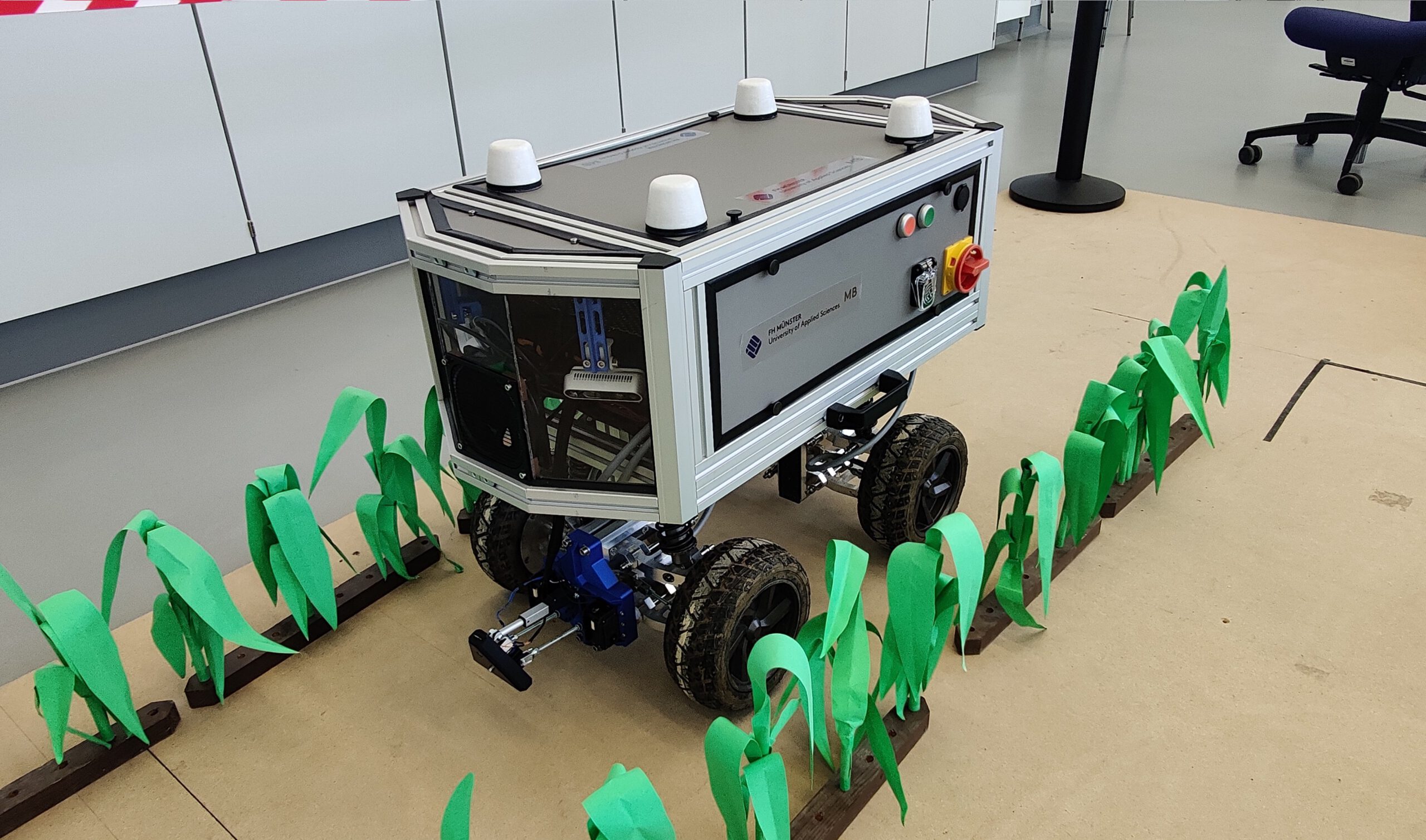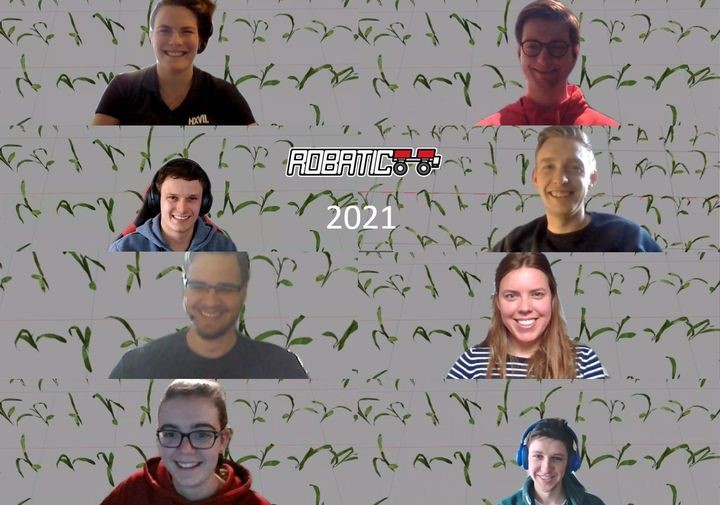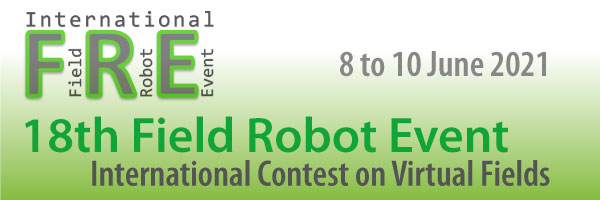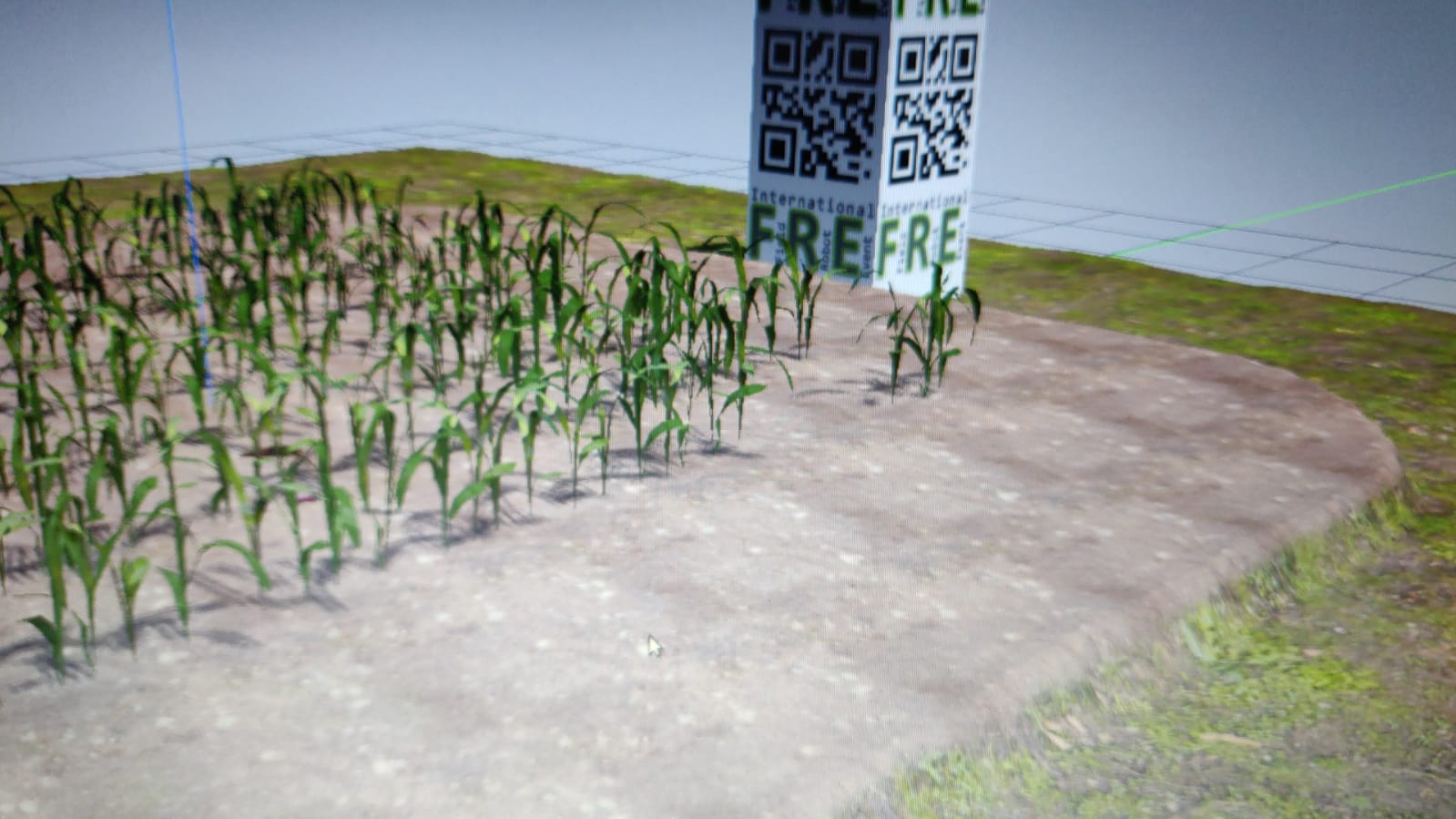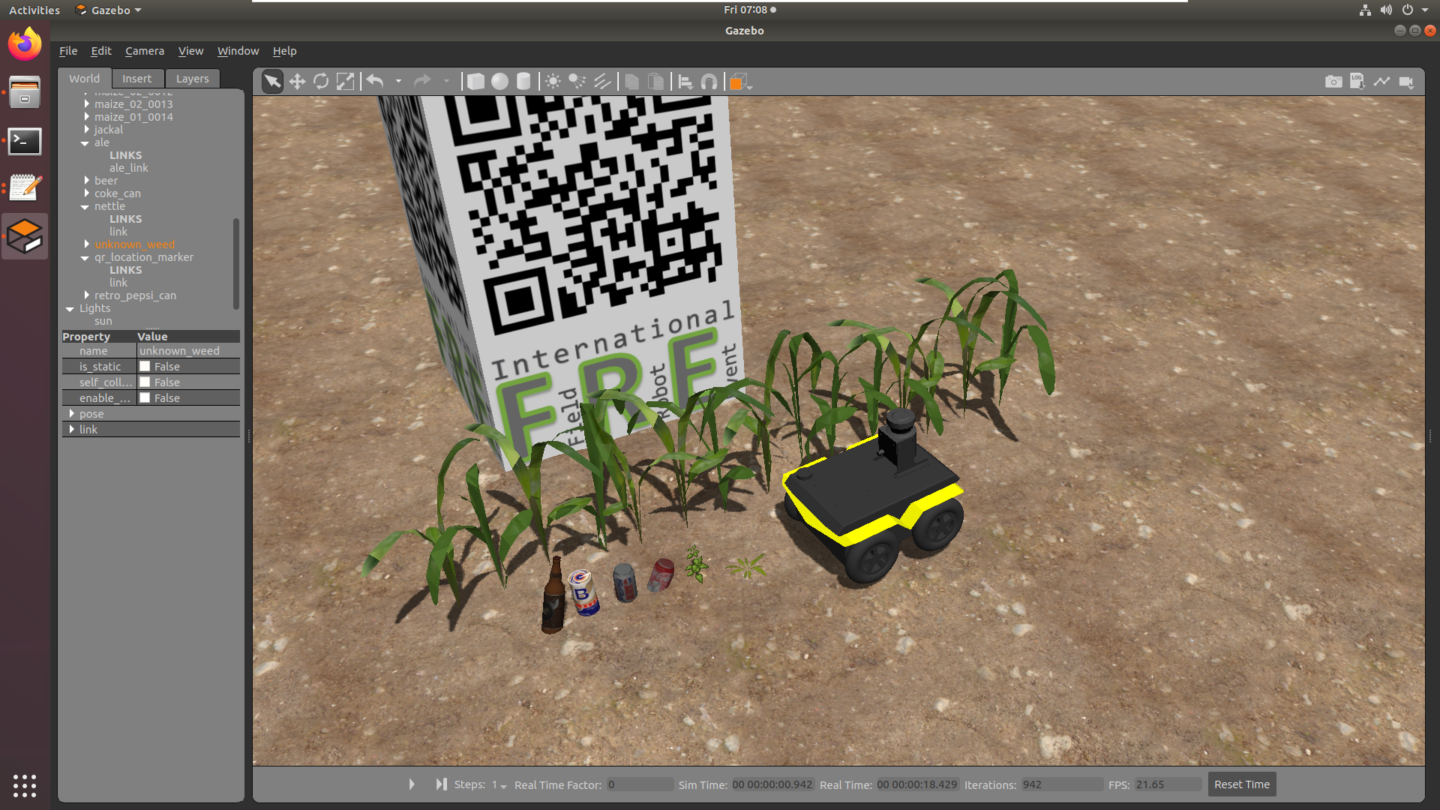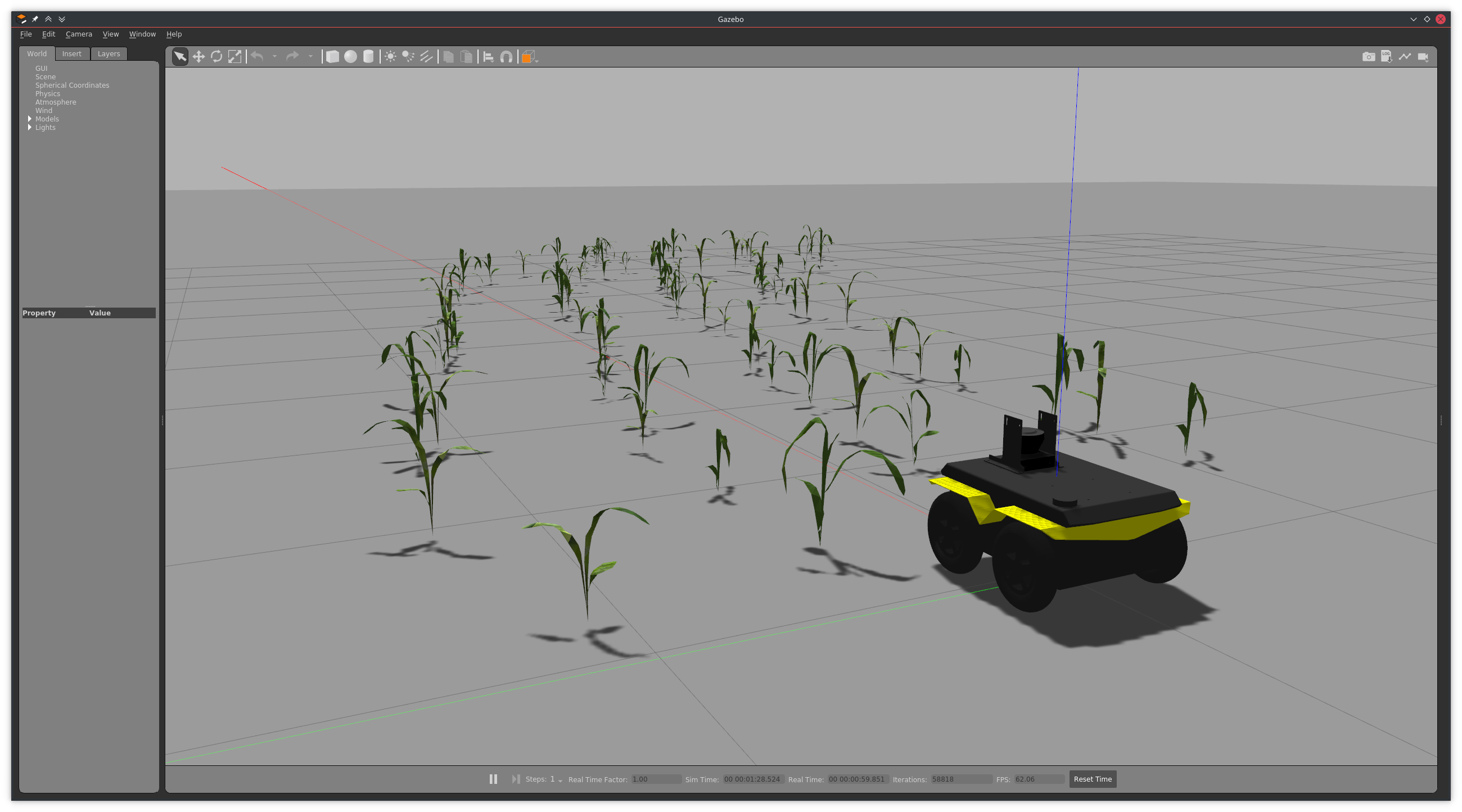We are happy to inform you that we will conduct a Field Robot Event in 2022. Although the pandemic situation continues we do not want to give up. After some discussions we want to offer a hybrid version of the event: a mix of a virtual and field contest! We also will return to the DLG Field Days and prepare everything to be controlled from and on the DLG site. Therefore, robot teams are invited to participate without travelling (virtual event) or come physically as usual together with your own robot (field event). More details will be available soon. Save the date: 14th to 16th of June 2022 in Kirschgartshausen/Mannheim, Germany.
Due to the unpredictable pandemic situation there will be perhaps special rules coming up or even a cancellation. Therefore, please don’t blame us for any inconveniences.
